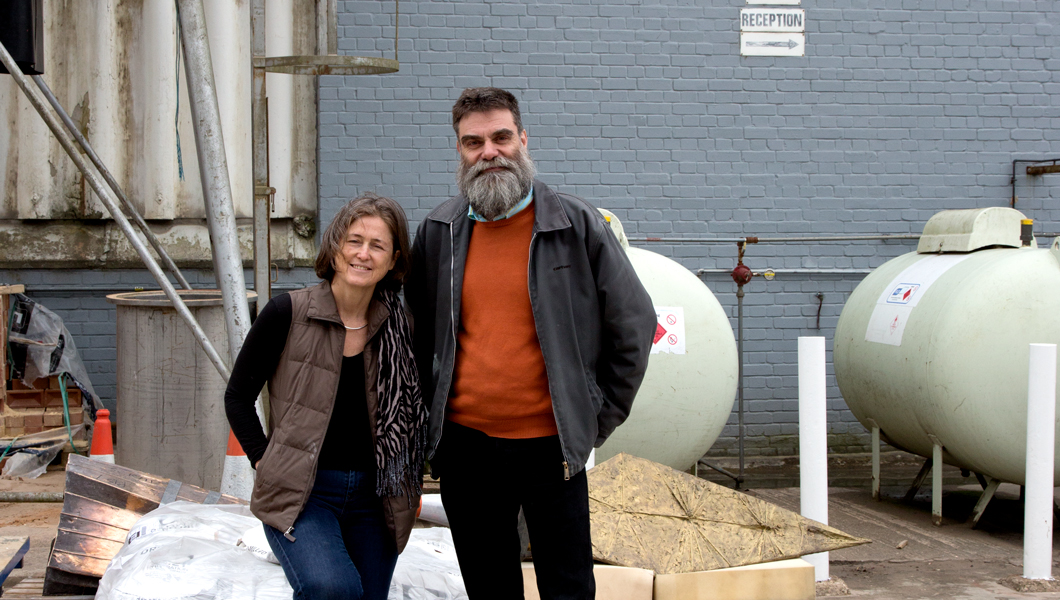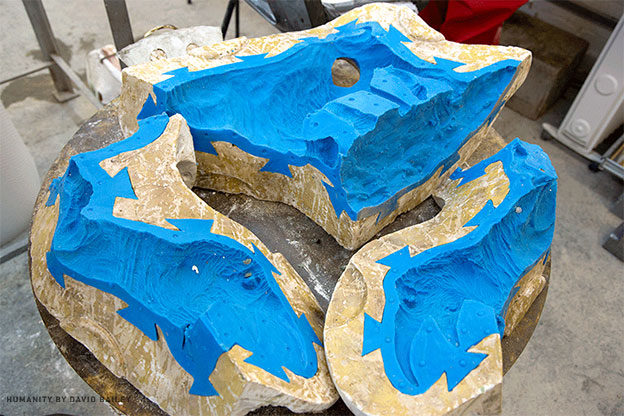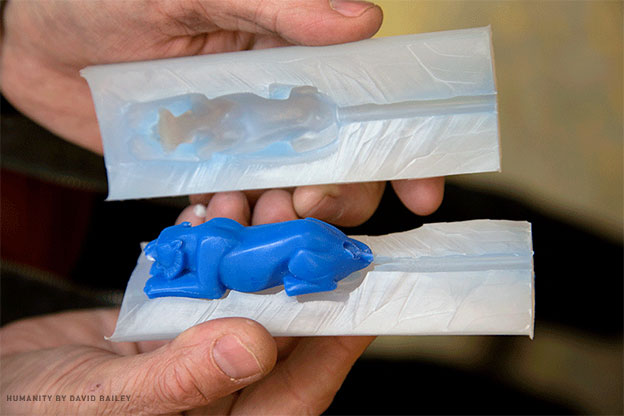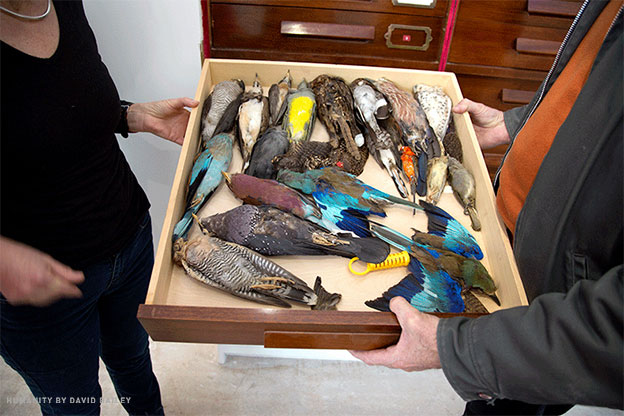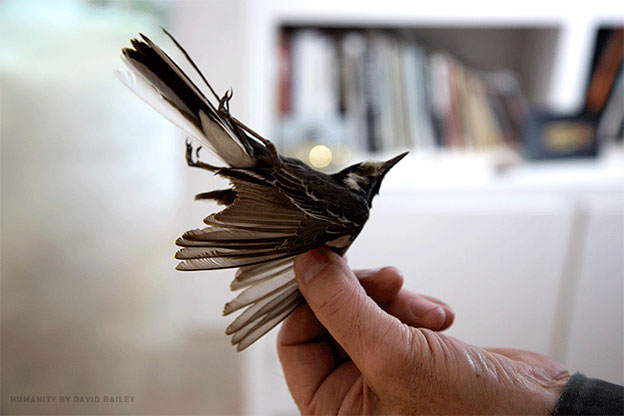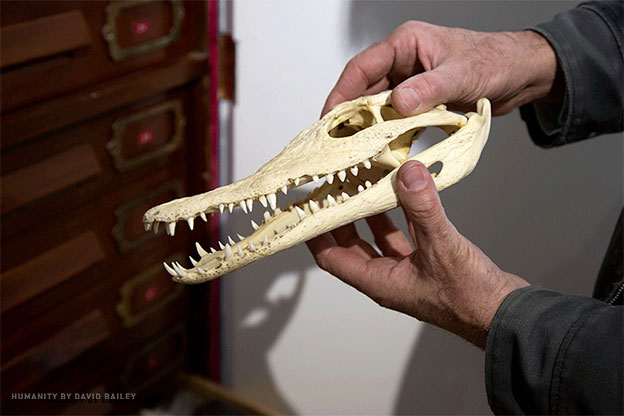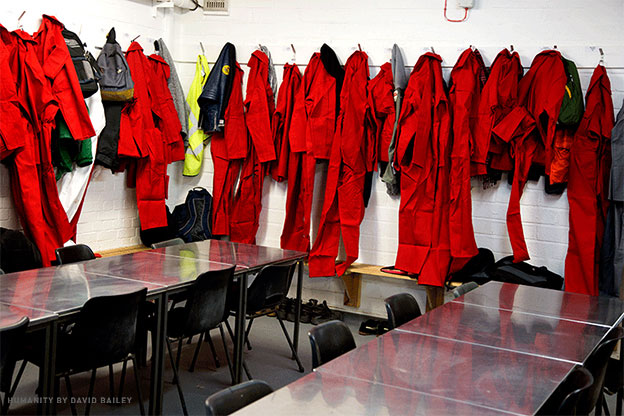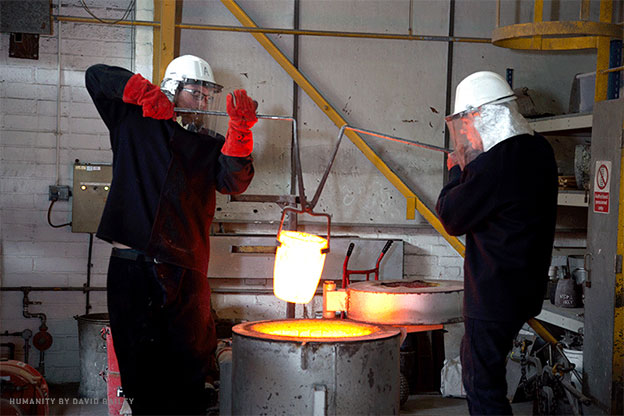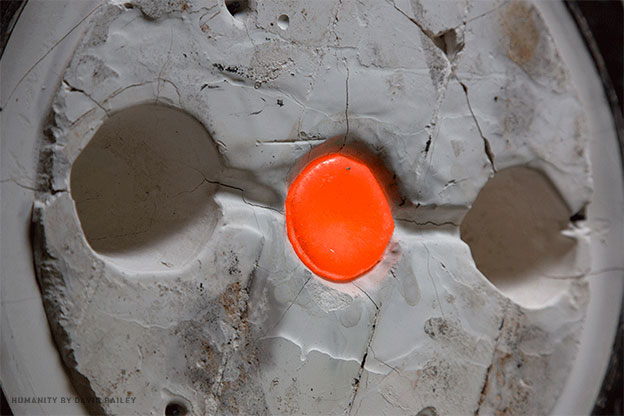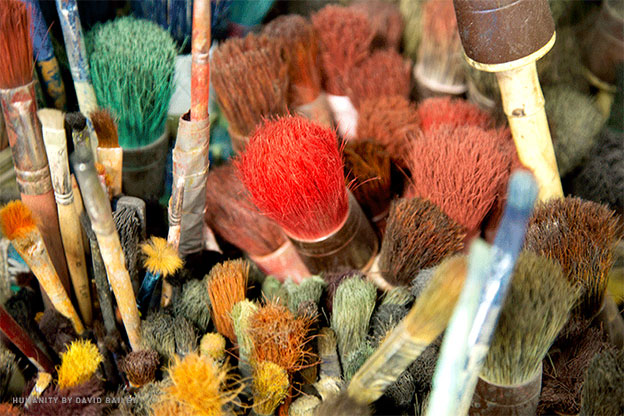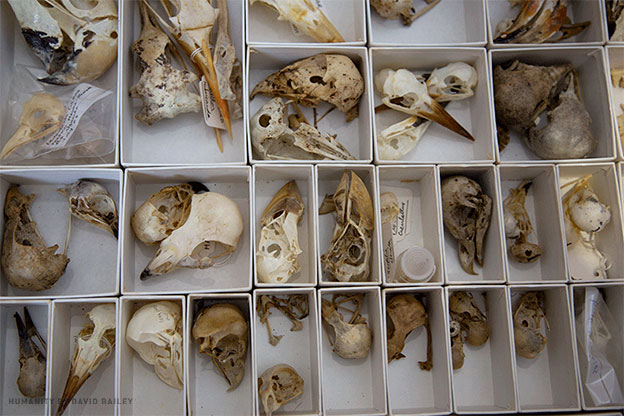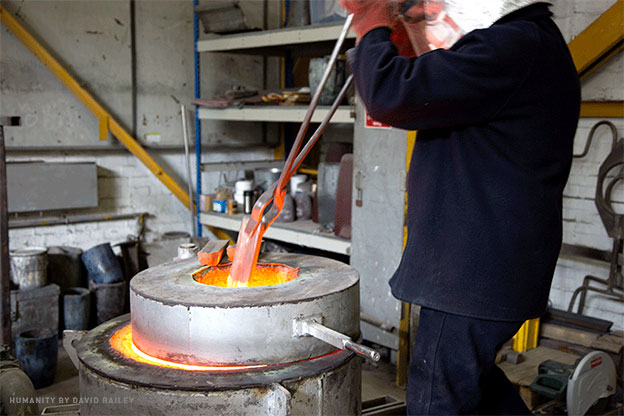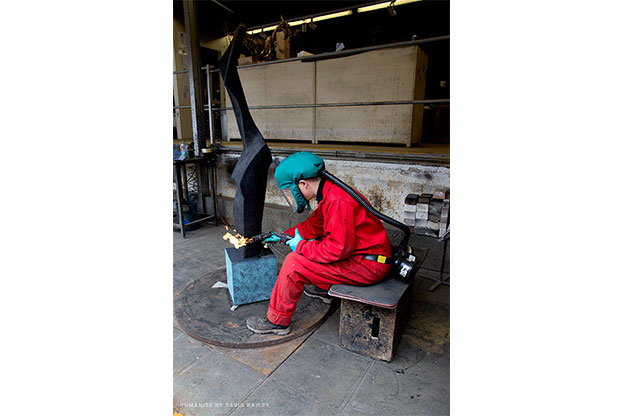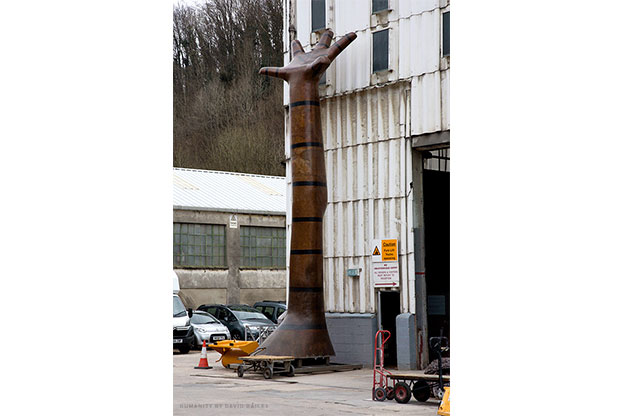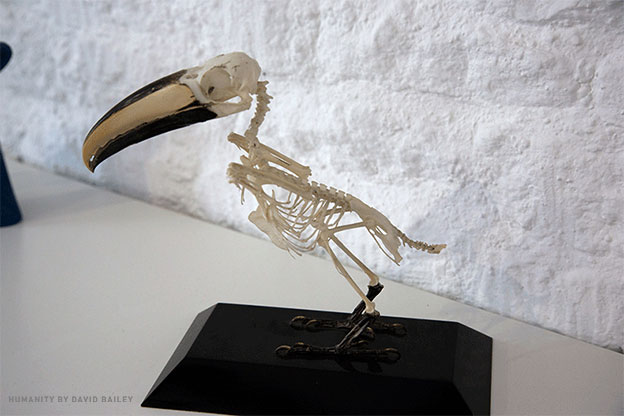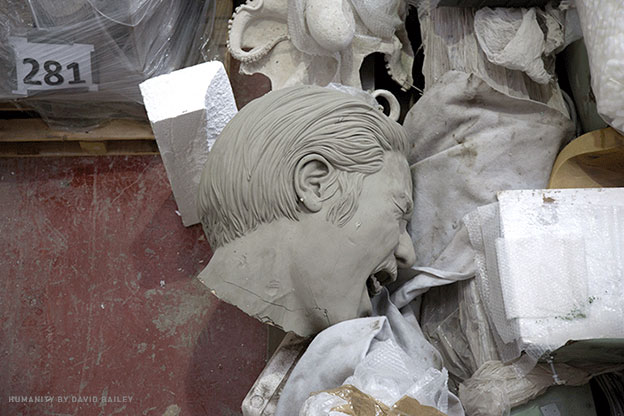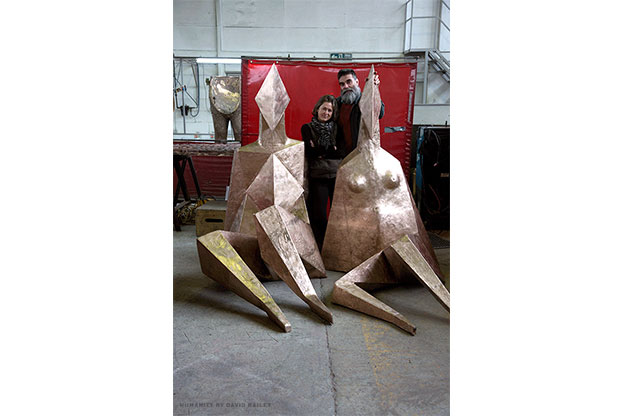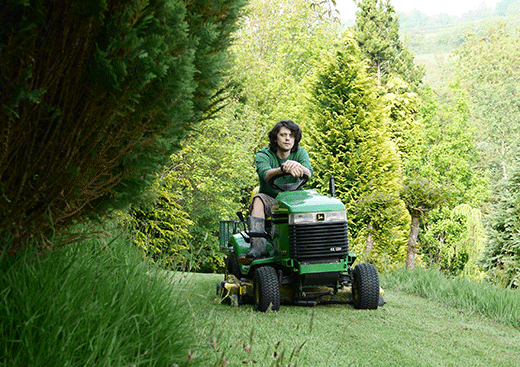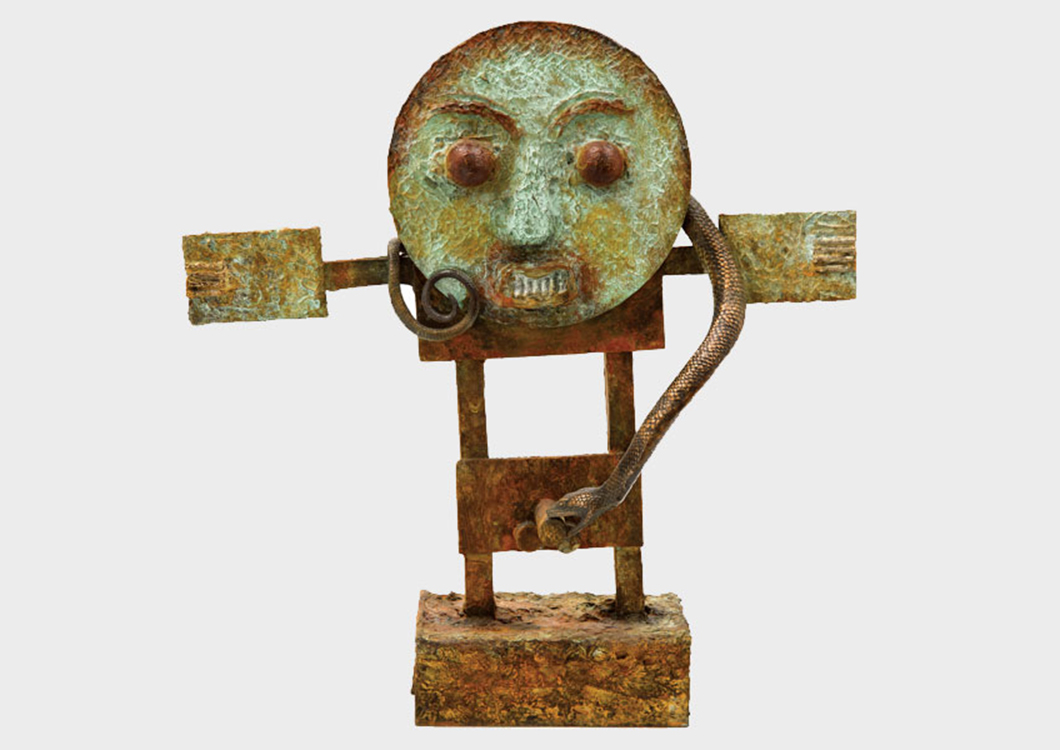Bones, flesh and organs. Are we merely a collection of different parts assembled like an automobile or is there more? Do we transcend these physical bodies after death or do we simply rot? It’s not certain as to what the answer may be. One thing, however, is for sure; after we pass we become beautiful skeletal sculptures. Animals and humans alike, there is no difference, we all just become art.
The structures of life are complex and beautiful on any scale, big or small. The bones arrange themselves in an ordered fashion so that they may function as an organism, moving in perfect harmony to achieve but the simplest of tasks.
Rungwe Kingdon and his wife Claude Koenig are no strangers to the baffling beauty of the natural world and the decay of all things.
Rungwe’s childhood was anything but simple. Growing up in Uganda with his father, hunting and drawing the structures of animals in a time before the worry of scarcity had even crossed the mind of the collective consciousness, Rungwe had a very different viewpoint of the natural world. No one who studied biology in a classroom would even come close to the level of understanding of form and function that he gained from his expeditions into the wilds of Africa with his father.
Later in life, Claude and Rungwe, with a vast collection of beautiful animal bones, would open a foundry in Stroud, England, in order to extend their fascination of beautiful constructs beyond the natural world and into that of fabricated human designs, working with a large collection of different sculptors such as Lynn Chadwick, Damien Hirst and David Bailey. With names like these, the Kingdons would soon own the foremost foundry for creating sculptural art in the U.K.
In the 2000s the couple created a foundry in the town of Kasese in western Uganda to help the local people grow and develop their society and at the same time learn very practical life skills. To this day the foundry operates and continues to teach young men and women how to work with various metals to produce beautiful sculptures. Both Claude and Rungwe make regular trips to the foundry in Kasese in order to continue to provide support for the local people.
The year 2004 was an interesting one for Claude and Rungwe, as they decided to create a bronze reconstruction of the dodo in a project they called “Bones to Bronze.” They even produced a documentary about the process that was angled at raising awareness about the growing mass extinction of the world’s more niche and unknown animals.
In 2008 the duo opened a gallery in Kings Place, King’s Cross, London. It specializes exclusively in sculpture, many of which have been created in the foundry in the U.K. The gallery is called Pangolin, the name coming from one of the world’s strangest and most hunted animals.
—


